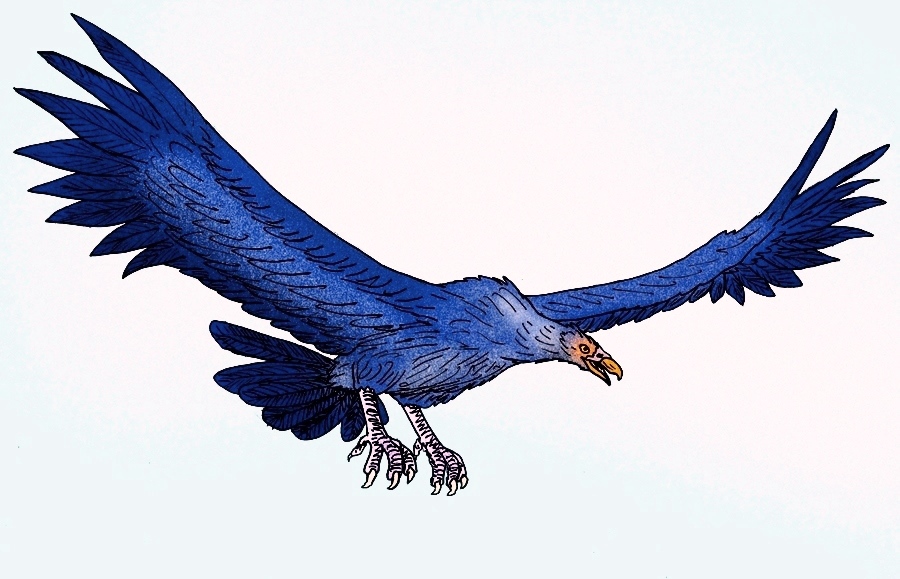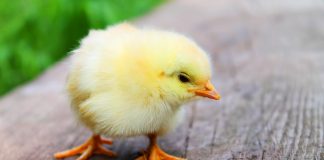By O.E. MacDougal
July/August 2014 Backwoods Home
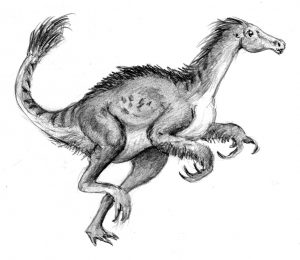
Biologists and paleontologists are now pretty certain that birds are part of the dinosaur lineage. Their extinct relatives include the T-Rex and velociraptors. So, dinosaurs are not really extinct, and they live on in eagles, chickens, and hummingbirds. Scientists are also finding evidence that, like birds, many of the extinct non-avian dinosaurs also had feathers. But their feathers would not have been for flight. Just as hair on mammals offers advantages, such as insulation against cold and hot weather, the first feathers probably served the same purposes for dinosaurs and, as they evolved, the first birds also adapted feathers for flight. Since many birds are so colorful, it’s easy to imagine that some of those feathered dinosaurs were flamboyantly colored and because birds see more colors than mammals do, it’s easy to imagine dinosaurs did also.
Vision
Which leads to color vision in birds. Vision depends on the rods and cones on the retinas that are in the eye. Rods see in black and white and are primarily good for seeing in dim light. They do not perceive color. It is from the cones that we get our color vision. Most mammals have only two kinds of cones, but a few, including humans, have three. However, many birds have at least four or more kinds of cones and just as people with “normal” vision can see more colors than color-blind people can see, birds can perceive colors humans can’t even imagine.
There’s no way to know how fast extinct birds could fly, but the fastest living bird, in level flight, is the White-Throated Needletail of Asia and Australia, which can fly more than 100 miles per hour. But the very fastest birds are Peregrine falcons, which can reach at least 242 mph in a dive. A three-pound peregrine (they can get a little bigger) diving at a mere 200 mph generates a third more kinetic energy than a .30-06 rifle bullet has at the muzzle of a rifle.
Fastest, Longest, Heaviest
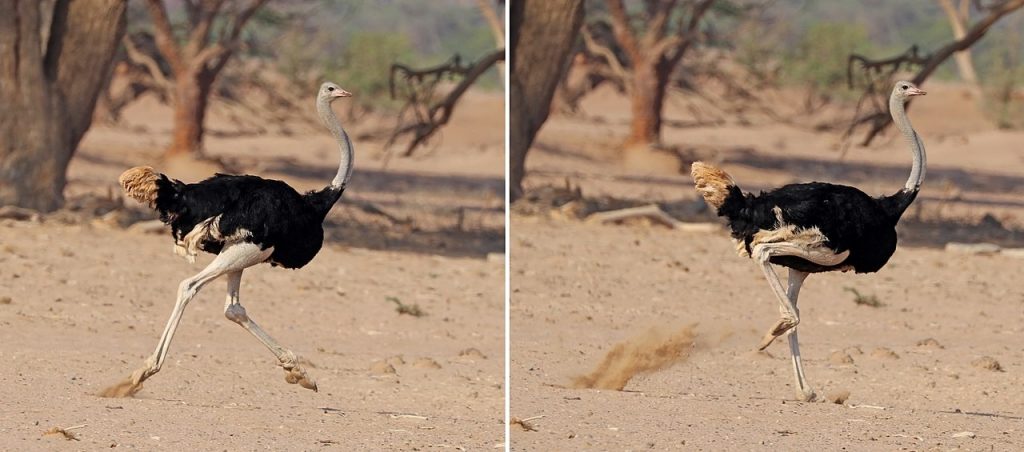
The fastest bird on land is the ostrich which cannot fly at all but can sprint at speeds of up to 45 mph. (Also, ostriches don’t taste like chicken; their meat looks and tastes more like beef.)
The long-distance migrating champion in the animal kingdom is the Arctic Tern. It breeds in polar regions of the Northern Hemisphere then flies south to the polar regions of the Southern Hemisphere, an annual round-trip migration of about 24,000 miles, which is about the distance around the earth. Since they live about 25 years, their total migration mileage is some 600,000 miles — two and half times the distance from the earth to the moon.
But scientists have found that Alpine Swifts apparently fly for more than six straight months without ever landing, as they migrate from Europe, where they breed, to sub-Saharan West Africa where they winter. While flying, they eat small insects; wind-borne seeds, fungi, and spores; and perhaps even airborne bacteria. Evidence indicates they even sleep while flying. Barring future evidence to the contrary, this makes them the longest continuously flying bird alive.
It’s difficult to tell for sure which bird is the highest flying, but in 1973 an airliner over Africa collided with a Rupell’s Vulture at 37,000 feet. No other living bird comes close.
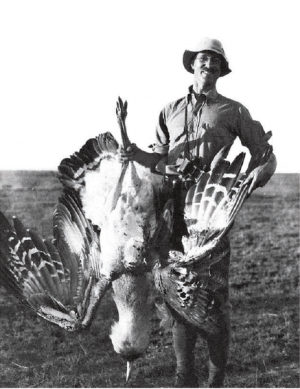
The heaviest flying birds, today, are the European Great Bustard and the Kori Bustard of Africa, some of which weigh more than 45 pounds. But this doesn’t even come close to Argentavis, an extinct bird whose fossilized remains have been found in Argentina. It had a wingspan of about 23 feet (that’s more than 1½ times the length of my Honda Accord) and it’s estimated to have weighed about 160 pounds. It’s thought that this monster may have swooped in, grabbed its prey, killed it, and swallowed it whole — all without landing.
The smallest living bird is the Bee Hummingbird of Cuba, specifically the males. They’re less than 2½ inches long, half of which is its bill and tail. There are insects larger than Bee hummingbirds. By the way, hummingbirds are found only in the New World and they are also the only birds that can truly fly backwards.
Terror-Inducing
Now, let’s get to a bird that would make its dinosaur ancestors proud. The most terrifying birds, ever, were likely to have been the “Terror birds” (phorusrhacids) which evolved in South America. There were at least 18 species of these ancient carnivorous birds, the largest of which stood 10 feet tall, weighed well more than 300 pounds, and probably ran at 30 mph. Fossil remains of one species, Titanis walleri, which stood eight feet tall and weighed close to 350 pounds, have been found in Texas and Florida. They’re thought to have killed their prey by using their huge bills as sledgehammers, then using the same bills to tear the prey apart while crunching through their bones. There’s a remote (very remote) possibility that the very first humans in the Americas could have seen these birds before they became extinct.
(Featured image is artist’s impression of Argentavis magnificens. Credit Stanton F. Fink, GNU)


